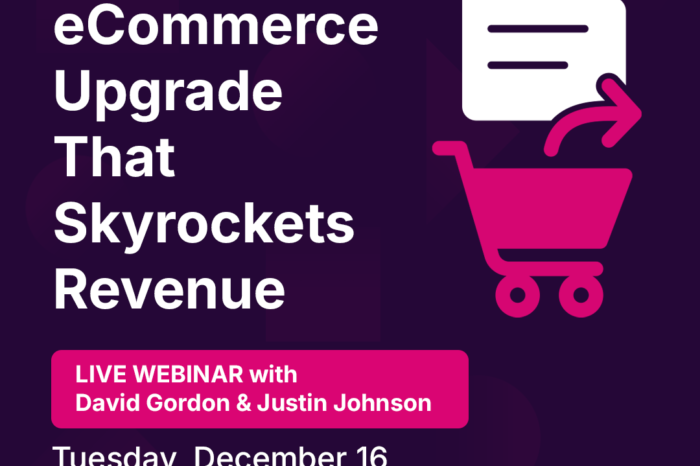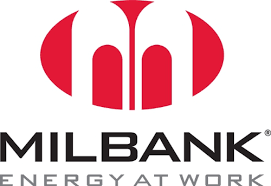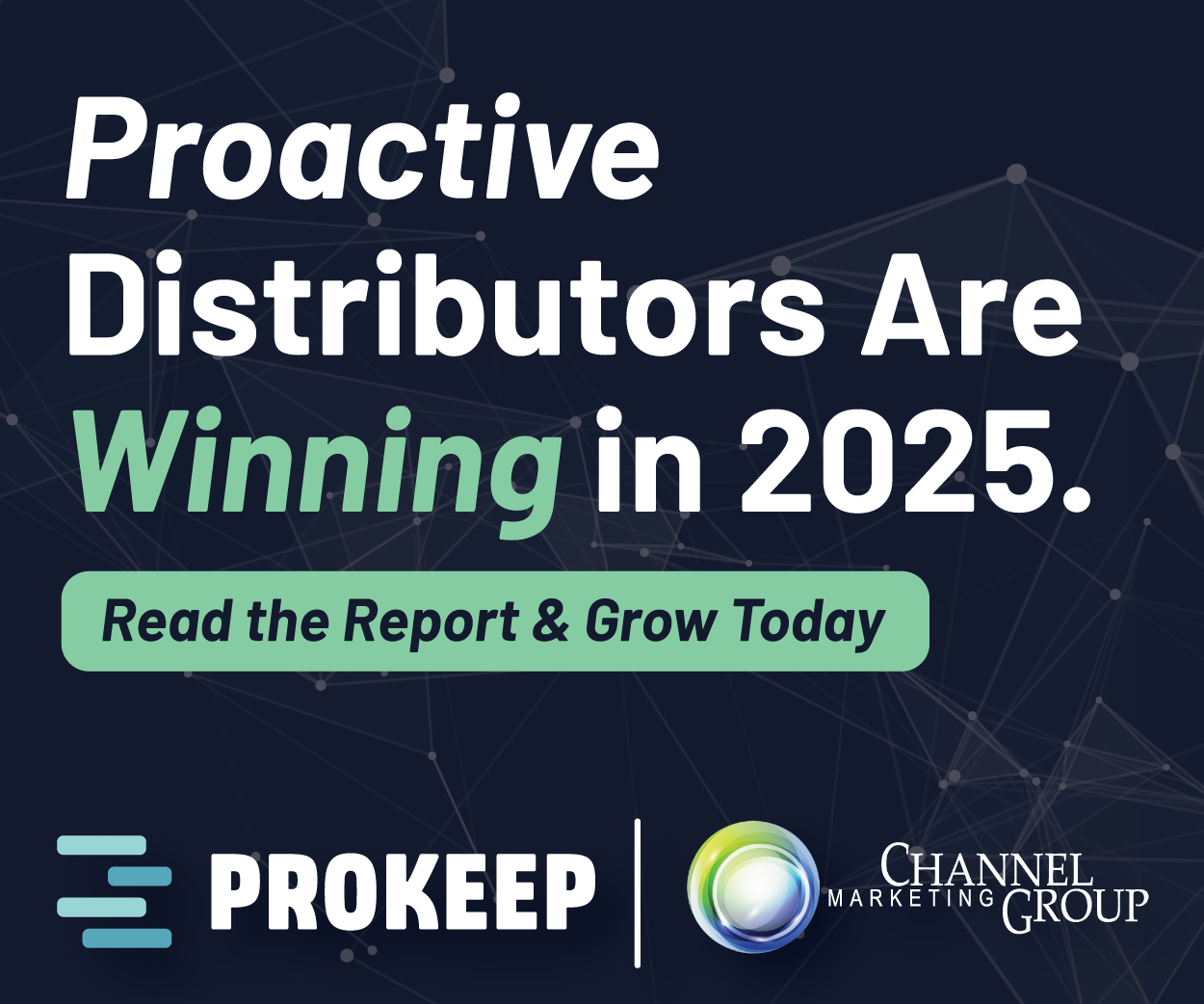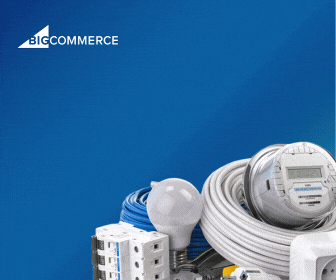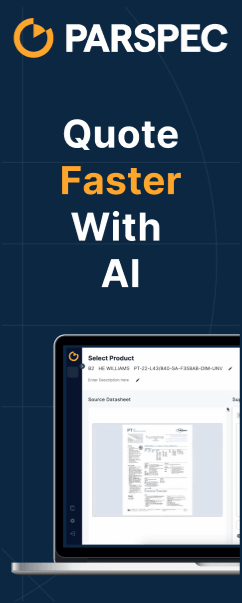Grainger Q4 Growth Rate Slows
Posted On February 11, 2020
0
0 
Grainger usually provides a good barometer of the industrial and commercial MRO markets and the “healthy” of large companies, so let’s take a quick look at their Q4 and outlook for 2020.
Grainger earnings call and slides
- Grainger introduced a new “framework” internally, essentially a set of guiding principles, which it is calling the “Grainger Edge”. The Edge defines “who we are, why we exist and how we work together to achieve our objectives.” Their new “goal”, which presumably will make it’s way into advertising is “to keep the world working” (lofty goal since their focus is North America and Japan based upon percent of sales, unless this is aspiring for significantly accelerated growth).
- Have “verticalized” their salesforce to bring greater expertise to customers (this is the next step beyond specialized salespeople based upon applications) and have added an inside sales group for high-value mid-sized customers.
- Shared many of the changes / enhancements they’ve made over the past few years, essentially a roadmap to what has gotten them to where they are today.
- 2019
- Market was “challenging” with market growth declining throughout the year
- Overall, for 2019, 3% growth.
- Overall US business up 5% for the year
- Q4 large customer business (core Grainger) was up 3% (a decline in growth rate from earlier in the year.)
- Q4 mid-sized US business was up 5%
- Mentioned, obliquely, that they have won some business recently based upon price, possibly “cherry picking” some SKUs or quoting items on a contract a little lower with the intention that the actual material requests are broader and average account-specific margins grow over time.
- Zoro added 1.5 mullion SKUs to a total of 3.5M
- 2020
- Goal is to outgrow market by 3-4% with overall company goals being 3.5-6.5% increase
- Expect US MRO market to be flat to slightly down (but Grainger’s goal is a 3% increase)
- Expect decline in gross margin percent from .5-1% due to mix (more from Zoro / MontaRA which has lower margins) and pursing large, presumably new, accounts with a price-first acquisition strategy.
- Think second half of the year will be stronger.
- Adding salespeople
- Change in leadership at Zoro to person who started MontaRO in Japan. Goal is to add more SKUs via third parties and expand this marketplace model. This will replicate the model in Japan and presumably make it more similar to Amazon Business. (The question then becomes, will they market it enough to get people thinking “Zoro” as an MRO destination site? Attracting eyeballs is the key to a marketplace retaining sellers who are looking for an ROI based upon a lower cost of acquisition. For Grainger, eventually this represents fee-based (commission) income along with sales of products it fulfills.)
- Goal is to outgrow market by 3-4% with overall company goals being 3.5-6.5% increase
From Analyst questions
- Much of margin decline due to growth of Zoro / endless assortment model. (This marketplace model has lower gross margins and is requiring significant investment. It’s interesting with the parallel to Amazon … investments to get to a critical point and then commission income (marketplace income) becomes significant margin driver. While Grainger highlights % sales growth, perhaps it needs to start sharing traffic … are they getting buyers and repeat buyers to make this a viable entity and revenue driver? Will Grainger prove the marketplace model?)
- Grainger tracks “economic earnings” for large, multi-site, customers (probably contract customers / national accounts), which is an overall profitability view of each large customer.
- Zoro required significant people, technology and advertising investments in Q4. Reportedly will be reduced in Q1 (presumably the technology aspect, unless the people were temps / contract personnel. If advertising is cut, could hurt growth rate and site adoption.)
- See a slow growth market. Don’t see changing much in the first six months of the year.
- Seeing higher margins with mid-sized customers. Less price sensitive than large customers.
- Digital first for mid-sized customer acquisition and then potentially migrate customer to a different model (non-digital?) based upon customer need and opportunity. (an area distributors could learn from and also an “admission” that it’s not “all digital all of the time.”)
- Pursuing this market, and continually engaging them, requires significant marketing efforts. (This is not a “one and done” marketing initiative where it is expected the customer will continuously buy (as their purchasing frequency needs differ.) Selling / marketing to your middle is a different model than selling and marketing to large customers. A differentiated sales and marketing strategy is needed (and this is the same for manufacturers in calling on distributors.)
- Zoro model is based on direct ship from suppliers as well as fulfillment by Zoro (Grainger). Grainger claims they are not building a marketplace like Alibaba or Amazon. Gross margin is lower due to direct ship (but should mean net profit is good due to reduced handling needs.) Further question then becomes, are suppliers seeing a benefit from Zoro?
- Zoro pays a service fee to MontaRO based upon profitability (internal transaction, may tie to “licensing” platform internally. Presumably also applies to Zoro UK.)
Overall, highlights a slowing Q4 and first half for the overall MRO space. Increased competition for large multi-site customers (national accounts). More investments in sales. Commitment to technology.
Trending Now
Converting POs to eCommerce, and a Christmas Offer
December 5, 2025
Milbank Expands with FRM
December 5, 2025


